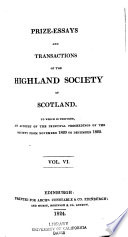 | Cesare Blasi - Architecture - 1824 - 756 pages
...the numerator being less than the denominator. The consequence of this is, that to multiply both the numerator and denominator of a fraction by the same number, does not alter its value; and, therefore, to convert a vulgar fraction into a decimal one, we have only to multiply... | |
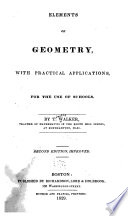 | Timothy Walker - Geometry - 1829 - 156 pages
...number, without destroying the proportion. For ratios are fractions, and to multiply or divide the numerator and denominator of a fraction by the same number does not alter its value. Thus from the proportions 6 : 9 : : 10 : 15 we have 4 : f : : 10X2 : 15X2. Apply the... | |
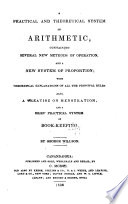 | George Willson - Arithmetic - 1836 - 202 pages
...Reduce |||-| to its lowest terms. Ans, J. It is obvious, that either multiplying or dividing both the numerator and denominator of a fraction by the same number, does not change its value. Thus, -| multipled continually by 2 becomes f-, -|, fg, ^-|, -||-, -££g, and .so on ; in which series,... | |
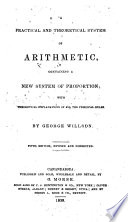 | George Willson - Arithmetic - 1838 - 194 pages
...4. Reduce j[^ to its lowest terms. Ans' It is obvious, that either multiplying or dividing both the numerator and denominator of a fraction by the same number, does not change its value. Thus, .£ multipled continually by 2 becomes \ , A, f%, J-|, |f, 1^, and so on ; in .which series,... | |
 | John Husband (math. master, Berwick.) - 1841 - 126 pages
...be considered a fraction whose denominator is 1 ; thus, <,-';. 2. Multiplying or dividing both terms of a fraction by the same number, does not change its value. REDUCTION OF VULGAR FRACTIONS. I. To reduce a mixed number to an equivalent improper fraction. RULE... | |
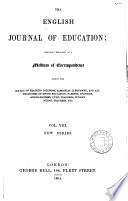 | Education - 1854 - 886 pages
...this t Do it mentally. Show by measure (having divided a line into equal parts), that to multiply the numerator and denominator of a fraction by the same number does not alter their value, and results in the same length or quantity. Explain how that fact facilitates the... | |
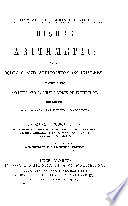 | James Bates Thomson - Arithmetic - 1847 - 434 pages
...denominator of each of the given fractions, are multiplied by the same numbers ; and multiplying both the numerator and denominator of a fraction by the same number, does not alter its value. (Art. 191.) 63. Reduce -f, f, -J-, and -f- to a common denominator. 64. Reduce f,... | |
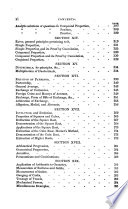 | James Bates Thomson - Arithmetic - 1847 - 426 pages
...denominator of each ofthe given fractions, are multiplied by the same number: ; and multiplying » both the numerator and denominator of a fraction by the same number, does not alter its value. (Art. 191.) 63. Reduce -f, f, •}-, and f to a common denominator. 04. Reduce f,... | |
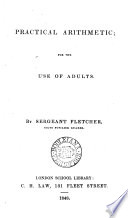 | P. Fletcher - Arithmetic - 1848 - 138 pages
...denominators to the same denominator, or finding a common denominator. We know that to multiply the numerator and denominator of a fraction by the same number, does not alter the value of the fraction ; and knowing this, our work is simple. We have but to multiply the... | |
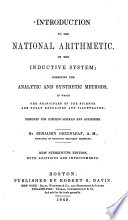 | Benjamin Greenleaf - Arithmetic - 1849 - 336 pages
...not changed, and the value of the fraction remains the same. (Art. 133.) Therefore, Multiplying the numerator and denominator of a fraction by the same number does not alter the value of the fraction. RULE. — Multiply each numerator into all the denominators except... | |
| |